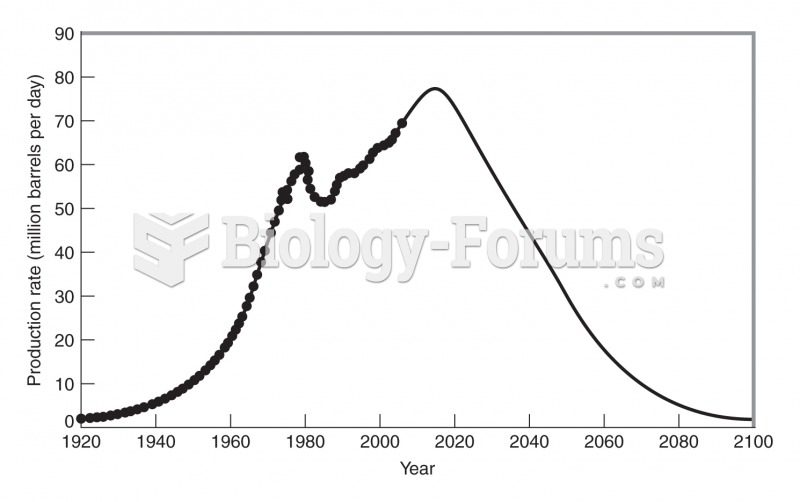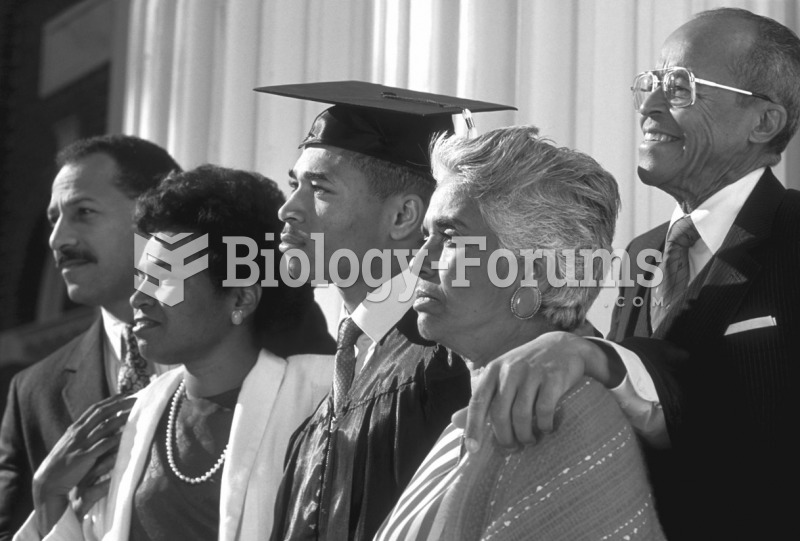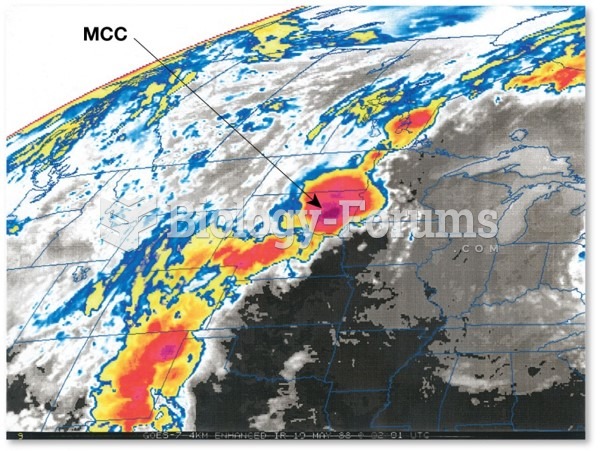Answer to Question 1As the temperature of the atmosphere increases, the capacity to hold water increases,
leading to stronger storms and higher rainfall amounts. Is there a connection between
the warming ocean and the increasing intensity of tropical cyclones? Although the
number of storms has remained relatively constant over the past 35 years,
meteorologists have reported a striking 80 increase in the abundance of the most
powerful (Category 4 and 5) tropical cyclones in the past 35 years. Mathematical
models suggest there is a relationship between the warming climate and
intensification of tropical cyclones. In addition, dust storms in the distant Sahara
desert may also play a role in the development of strong storms. Dust in air acts as
condensation nuclei for raindrops, accelerating their formation and speeding the
release of latent heat. Layers of dry, dusty air blowing westward into the tropical
Atlantic appear to influence the intensity of tropical cyclones. As Earth warms and
deserts spread, this influence could grow
Answer to Question 2Land breezes and sea breezes are small, daily mini-monsoons. Morning sunlight falls
on land and adjacent sea, warming both. The temperature of the water doesnt rise as
much as the temperature of the land, however. The warmer inland rocks transfer heat
to the air, which expands and rises, creating a zone of low atmospheric pressure over
the land. Cooler air from over the sea then moves toward land; this is the sea breeze.
The situation reverses after sunset, with land losing heat to space and falling rapidly
in temperature. After a while, the air over the still-warm ocean will be warmer than
the air over the cooling land. This air will then rise, and the breeze direction will
reverse, becoming a land breeze. Land breezes and sea breezes are common and
welcome occurrences in coastal areas.







